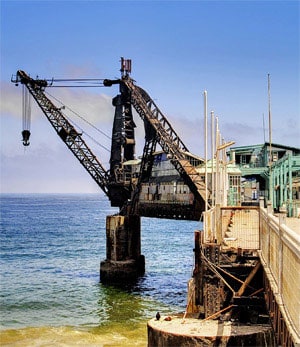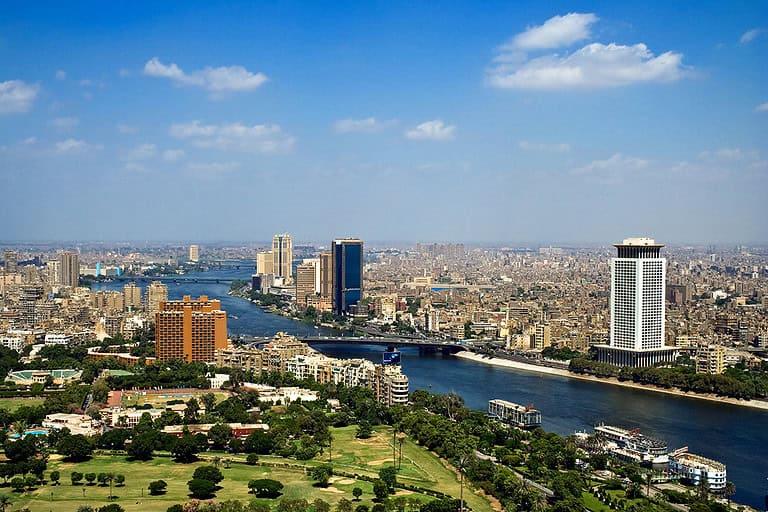Includes historical data for Eswatini’s Gross Domestic Product growth, debt-to-GDP ratio and more, as well as information on trade, banking and financial sector leadership.
Widespread Poverty Despite Resource-Rich Economy
Formerly known as Swaziland, Eswatini is a landlocked country between South Africa and Mozambique. A member of the Southern Africa Development Community (SADC) and the Common Market for Eastern and Southern Africa (COMESA), this nation of about 1.2 million people benefits from rich agricultural and forestry resources, burgeoning service and manufacturing sectors, and significant tourism potential. The Lilangeni, Eswatini’s currency, is pegged to the South African rand, providing economic stability.
While relatively conducive to foreign investment, the country’s business environment still faces several challenges, including an oversized state presence in the economy, lack of transparency, inefficient regulatory and legal frameworks, and heavy dependence on South Africa for trade and expatriate remittances. High poverty and unemployment rates, along with periodic episodes of social unrest triggered by political repression and lack of democratic reforms, further stifle the country’s potential for economic growth and development.
Macroeconomy & Sovereign Data
| Type of Government | Presidential republic |
|---|---|
| Capital | Mbabane, Lobamba |
| Sovereign Ratings |
S&P: Not rated Moody’s: B3 Fitch: Not rated |
| Total Population | 1.2 million |
| Median Age | 21.9 |
| Adult Per Capita Income (PPP) | 17,177.72 |
| Total GDP (2023) | 5.1 billion |
Eswatini GDP & Economic Overview
Most Recent Content
Eswatini
Banking & Finance
Trade & Investment
| Total Exports | USD 2.0 billion (2023) |
|---|---|
| Leading Exports |
Carbonated Drink Mixtures Sugar Gold Industrial Additives Clothing Lumber |
| Total Imports | USD 2.2 billion (2022) |
| Leading Imports |
Motor Vehicles Machinery Transport Equipment Foodstuffs Petroleum Products Chemicals |
| Source: | World Integrated Trade Solution |
Eswatini Leading Companies
| Tibiyo Taka Ngwane | Conglomerate, Financials, Food Staples, Real Estate |
|---|---|
| Eswatini Bank | Financials |
| Royal Eswatini Sugar Corporation | Consumer Staples, Food Products |
| Swazi Spa Holdings | Hotels, Restaurants & Leisure |
| Eswatini Beverages | Consumer Staples, Beverages |
| Eswatini Railways | Freight & Passenger Rail Transportation |
| Eswatini Posts and Telecommunications | Telecommunication Services |
Major Trade Partners — Import
| South Africa | 72% |
|---|---|
| China | 10% |
| India | 3% |
| Mozambique | 2% |
| United States | 2% |
Source: World Integrated Trade Solution
Major Trade Partners — Export
| South Africa | 68% |
|---|---|
| Kenya | 6% |
| Nigeria | 4% |
| Mozambique | 3% |
| Zimbabwe | 2% |
Source: World Integrated Trade Solution
Global Finance Rankings & Awards
Data Sources:
UN World Population Prospects
World Inequality Report
S&P Global Ratings
Moody’s
Fitch Ratings
IMF Direction of Trade Statistics (DOTS)
UN Conference on Trade and Development (UNCTAD)
CIA The World Factbook
World Bank’s World Integrated Trade Solution
Forbes Global 2000






